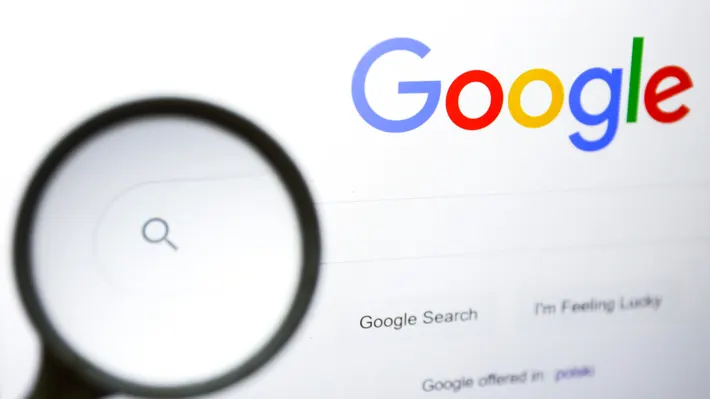Where Do I Start?
The digital world is constantly evolving, and staying abreast of the latest web design trends is crucial for businesses, web designers, and digital enthusiasts alike. In 2024, several innovative trends are set to redefine how websites are designed, impacting user experience, engagement, and overall website effectiveness. This blog post will delve into the top ten web design trends of 2024, offering insights and practical advice for anyone looking to refresh their online presence or keep up with the latest in digital design.
1. The Rise of Minimalism and Clean Design:
- Embracing Simplicity: Minimalism continues to reign in web design, with its emphasis on simplicity, clean lines, and uncluttered layouts. This trend is about stripping away the superfluous and focusing on essential elements, making websites easier to navigate and content more digestible.
- Impact on User Focus: Minimalistic designs help in reducing distractions, enabling users to focus on the content that matters. This approach enhances user experience and aids in clear communication of the brand message.
2. Dark Mode and Innovative Color Schemes:
- Aesthetic and Practical Benefits: Dark mode has gained popularity for its sleek look and reduced eye strain, especially in low-light conditions. It’s not just about the visual appeal but also about user comfort.
- Color for Branding: The right color scheme can significantly impact a brand’s perception. Bold colors, gradients, and even pastel tones are being used creatively to evoke emotions and create memorable brand experiences.
3. Advanced Interactivity and Micro-Interactions:
- Enhancing Engagement: Interactive elements like animations, hover effects, and micro-interactions (like a button changing color when clicked) can transform a static page into an engaging experience.
- Feedback and Fun: These interactive elements provide immediate feedback to users’ actions, making the interface more intuitive and enjoyable.
4. Responsive Design and the Mobile-First Approach:
- Adapting to User Behavior: With the increasing prevalence of mobile browsing, a mobile-first approach is no longer optional. Responsive design ensures that websites look and function flawlessly across all devices.
- SEO Benefits: Google’s mobile-first indexing makes responsive design critical for SEO, affecting how sites rank in search results.
5. Immersive 3D Elements:
- Creating Depth and Realism: 3D elements add depth and realism to web designs, creating more immersive and engaging user experiences.
- Technology Advancements: With advancements in web technologies, incorporating 3D elements has become more accessible, allowing designers to experiment with this trend without compromising site performance.
6. Voice-Activated Interfaces:
- The Rise of Voice Technology: With the growing use of digital assistants, integrating voice-activated interfaces into web design is becoming increasingly popular. This trend is particularly important for accessibility, making websites more inclusive.
- Natural User Interaction: Voice-activated interfaces offer a more natural and intuitive way for users to interact with websites, enhancing usability.
7. AI and Machine Learning in Web Design:
- Personalization at Its Best: AI and machine learning are being used to create personalized user experiences. From chatbots that provide instant customer service to algorithms that display content based on user preferences, these technologies are making websites smarter.
- Predictive User Experiences: AI can analyze user behavior to predict and deliver content that matches individual user needs, creating a more engaging and relevant experience.
8. Sustainable and Eco-friendly Web Design:
- Designing for the Planet: Sustainable web design focuses on creating websites that are efficient, with minimal environmental impact. This includes efficient coding, optimized images for faster loading times, and green hosting solutions.
- A Growing Trend: As awareness of environmental issues grows, more businesses are seeking eco-friendly web design solutions, making this trend not just a fad but a necessity.
9. Bold Typography and Creative Text Layouts:
- Making a Statement with Typography: Bold, creative typography is being used to make strong visual statements. Oversized fonts, unique typefaces, and dynamic text layouts can help draw attention and convey brand personality.
- Breaking the Grid: Unconventional text layouts that break the traditional grid format are becoming more popular, offering a fresh and modern take on web typography.
10. Conclusion: Embracing the Future of Web Design
The web design trends of 2024 reflect a blend of aesthetics, technology, and user experience. From the minimalist designs that prioritize content to the immersive experiences offered by 3D elements and AI, these trends are reshaping how we think about web design. For businesses and designers, staying updated with these trends is essential for creating websites that are not only visually striking but also functionally robust and user-centric.
As we continue to navigate the ever-changing digital landscape,
embracing these trends will be key to maintaining a competitive edge online. Whether you’re looking to overhaul your existing website or starting a new project, incorporating these trends can help ensure that your online presence is modern, effective, and aligned with your users’ expectations. Remember, great web design is not just about following trends; it’s about using them to enhance your unique brand story and connect with your audience in meaningful ways.
Call to Action:
For those looking to revamp their online presence with these latest web design trends, our team at Boosted Brands is here to help. Contact us today to learn how we can transform your website into a dynamic, modern, and user-friendly platform that stands out in today’s digital world.


